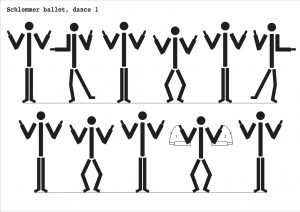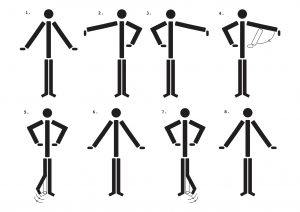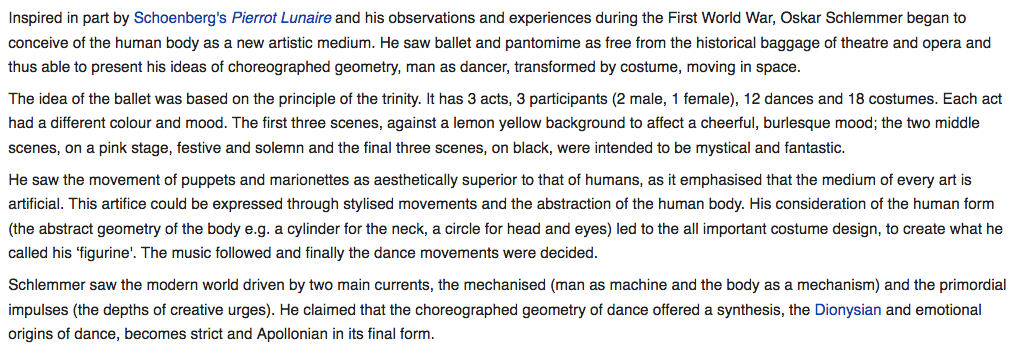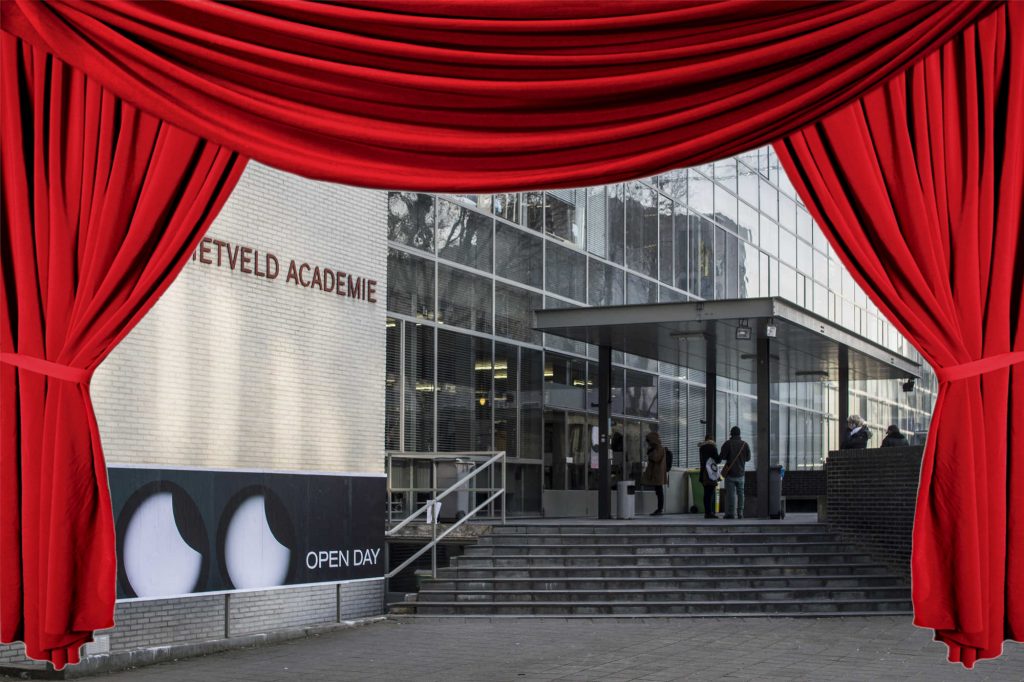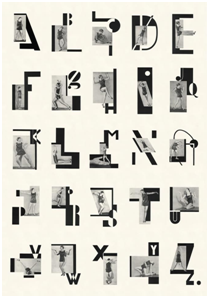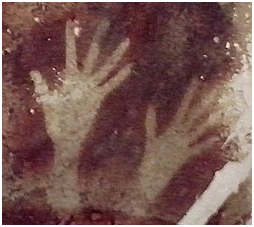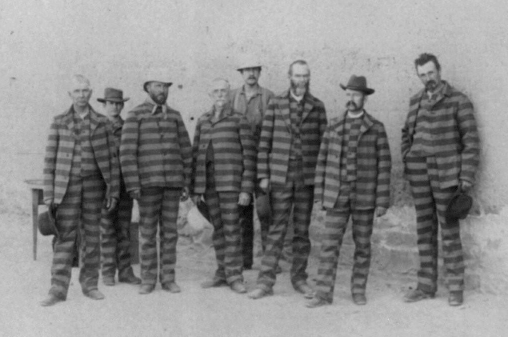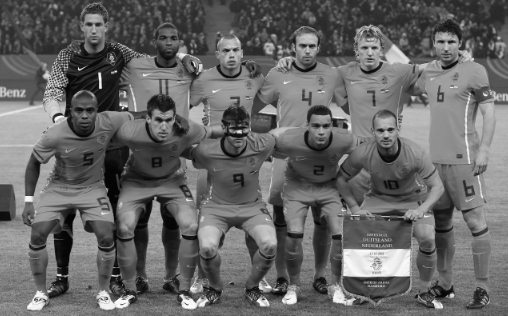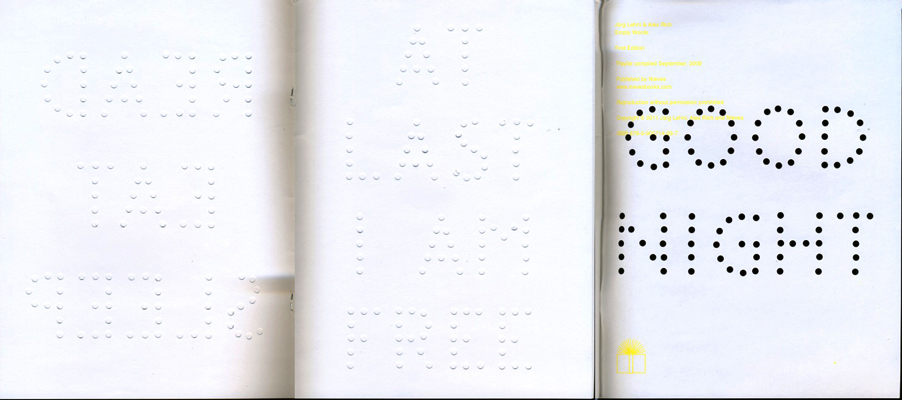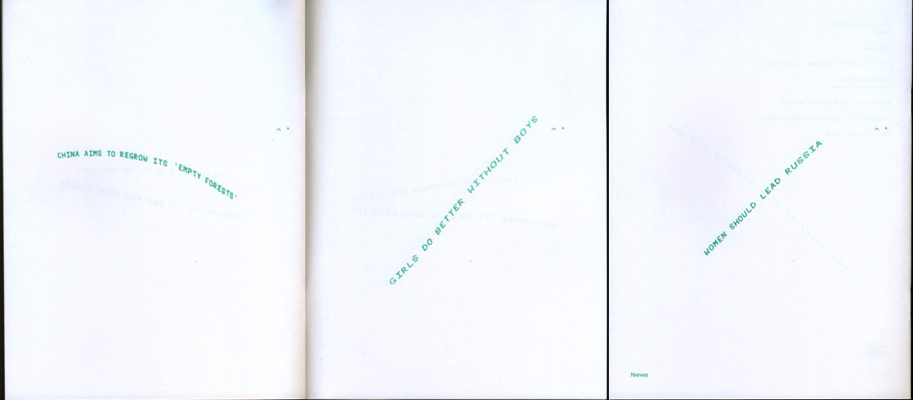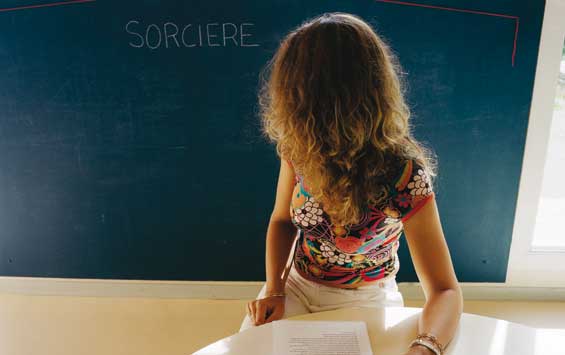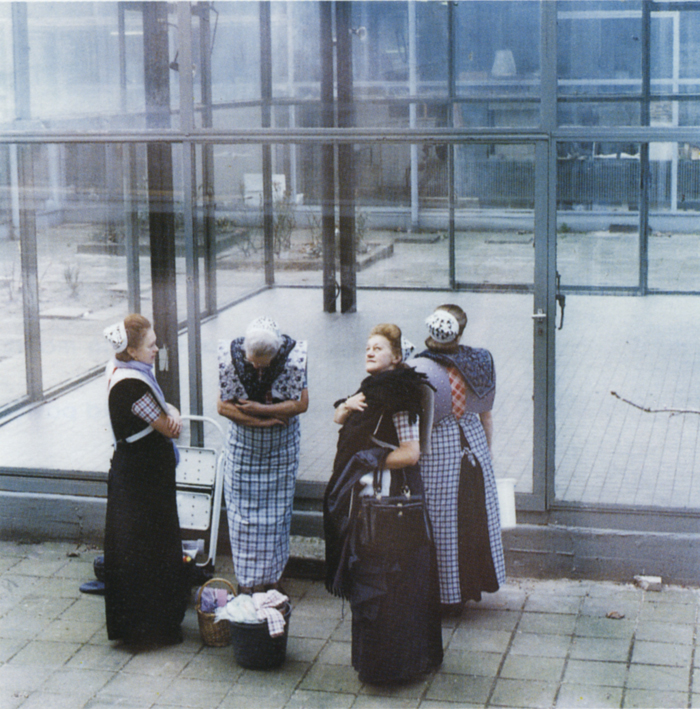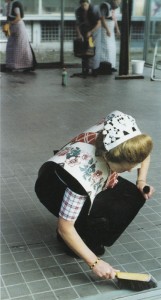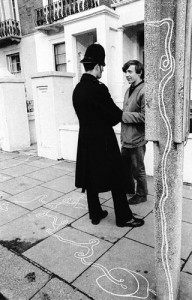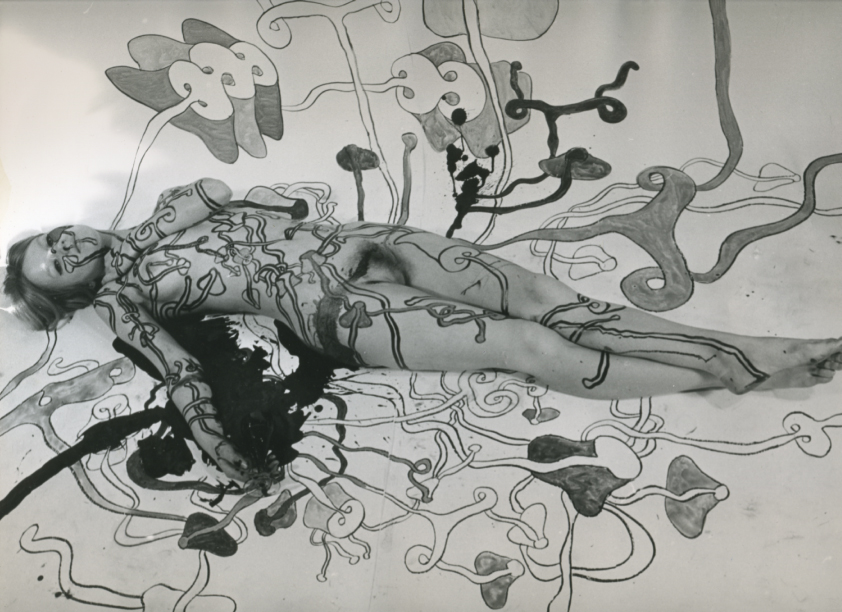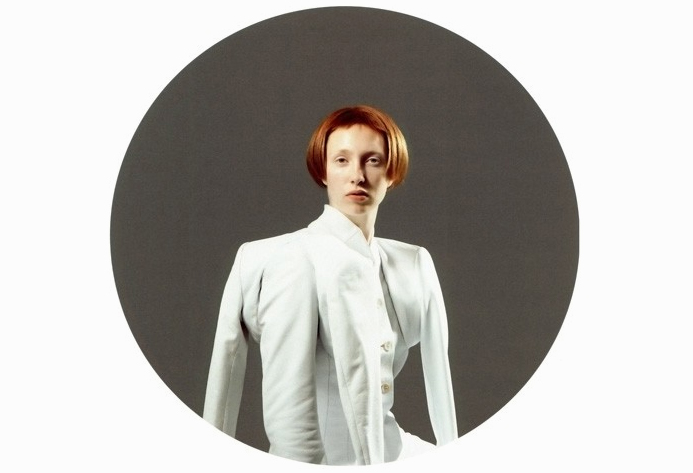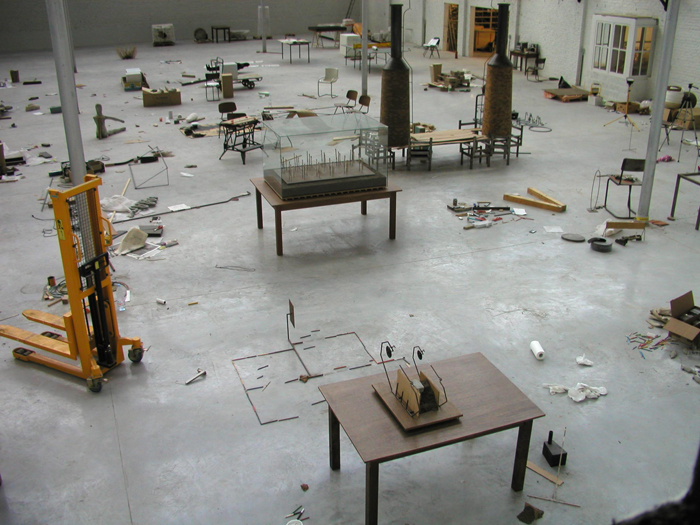In Oscar Schlemmer’s ‘Triadic Ballet’ we are presented with a plethora of colours and shapes that touch the imagination as if being in another universe. The opening scene starts with two ‘living puppets’ standing in a yellow room. Their costumes resemble harnesses from some other age in another space with primary shapes that limits their movements incredulously. With a staccato walk they move around each other, surrendering to the costume that hides the true identity behind these puppets. As the performance proceeds, and yellow changes to pink and pink changes to black, the dancers appear in various costumes that share the same alien ‘harness’ look and all seem to be made to make movement impossible. With these minimalist movements, Schlemmer seems to be commenting on the position of the individual within the roaring Interbellum: the performers were reduced to puppets that were meant to blend into the colourful decorum.
The ‘Triadic Ballet’ is an important manifestation of the aim for interdisciplinarity that characterizes the legacy of the Bauhaus academy that was founded in 1919 in Weimar, Germany. Schlemmer, who was originally schooled as a painter, turned sculptor, turned decorist, turned choreographer, subsequently found himself at ease within several disciplines. And so did many of his colleagues: painters became designers and drawers became weavers. The true modernity of this Bauhausian aim for the integration of disciplines might have only become clear much later in the 20th century with the rise of Postmodernism. As to this day artists and scientists altogether seem to become increasingly convinced of the benefits that arise when two or more disciplines are being combined. [The appeal for interdisciplinary practice is also very apparent in the educational system of the Rietveld academy in the present day.] It is argued that, within the realm of an educational system it might be beneficial to learn through several disciplines in order to deepen the learning experience, to connect with your subject on many levels as opposed to just one. This also touches on the theory of constructivism, which suggests that people create their own understanding and knowledge of the world through experiences and reflection on those experiences. In other words: a plurality in narratives calls for a plurality in educational journeys (and results in a plurality of learning outcomes).
To me it seems that in my generation (y) a common awareness towards this plurality in narratives is manifested more clearly than ever as we have been exposed to so many through both mass media and personalised media. And yet again, just like in the Interbellum, the position of the individual within this digital era is being discussed. This made me wonder: what would a triadic ballet look like if it was recreated to-day?
I therefore set out to research and create a choreography that would share a minimalist approach with Schlemmer’s ballet, but simultaneously touches on contemporary culture. Evidently enough there are many possible ways to represent the novelties of postmodern civilization within this historical context, so I made the choice to focus on the subjects of digitalisation and individuality. I discovered that these two themes are apparent in our lives not only through visual experiences, textual communication or metaphysical perception, but also through bodily adaptation. With this term I refer to the different adjustments modern humans allow their bodies to make in order to make use of digital devices and/or media. This bodily adaptation displays a process where an individual’s reality-identity somehow seems to have merged with their digital-identity. Inspired by Anne Teresa de Keersemaeker, who often attempts to create dance forms out of daily movements, I tried to work out different movements that I found to be exemplifying for these bodily adaptations: people crouching over their phones on trains, people shifting their view to and from their screen.
With these movements mimicking digitally-driven bodily adaptations I made a short movie showing a 21st century ballet in 21st century costume. Unlike in Schlemmer’s ballet music and sound has been left yet-to-compose in order to limit the scope of this research. A next step would definitely be to experiment with audio in order to create a complete experience. An important notion must be taken in the fact that this outcome is highly context specific (and therefore quite postmodern for that matter) as it is a result of my interpretation of what a 21st century ballet should look like carried out through my body.


